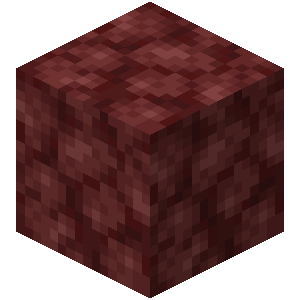At Minecraft University, we run a mostly vanilla server. However, players do find that using some utility mods greatly enhances the user experience. This page is by no means official to the server, but we hope you find it useful.
Who This Applies To
Anyone who wants to play on Minecraft University unless you already have your own modpack or you really don’t want to use mods.
Modpacks
The easiest way to get mods is to use a modpack. An associate dean (assistant server administrator) has created one for MCU season 8, ready for 1.20.1. You can find it here.
Fabric
We recommend using the Fabric Loader and Fabric mods over the traditional Forge system. Fabric is higher performance, easier to update, and is more commonly used by the latest mods.
First, you are going to have to run Minecraft 1.20.1 at least once from your Minecraft Launcher so the necessary files are downloaded. Then go over to the Fabric downloads page and grab the installer. Run it, and it should walk you through the installation. You will want to get the latest Fabric Loader version for Minecraft 1.20.1.
Fabric has a second component you need to get called Fabric API. You can get it from Curseforge, though be sure to get the latest “release” version available for Minecraft 1.20.1. This .jar file will go into your mods folder. In order to create it, we should run Fabric Loader at least once from the Minecraft Launcher. Fabric should automatically be the installation selected. If it’s not, click near the bottom left corner where the game version is shown. It should reveal a dropdown menu with all your installations. Find the correct one and run it (you can confirm the popup if it appears).
Once you’ve run Fabric Loader, we can find your mods folder and install whatever Fabric mods you want, starting with the Fabric API mod you got from Curseforge. To access your Minecraft data directory, search %appdata% and open the .minecraft folder that appears in the results on Windows or use the shortcut Shift+Command+G on MacOS. Inside that directory, there will be a lot of folders and files, including your screenshots folder. In this case, we want to find a directory called mods. You will place all of your downloaded mods into that folder, including the Fabric API .jar file you got earlier.
Mods
Now you’re ready for mods! Here are some recommended ones but feel free to check out more yourself. Just remember to get the Fabric version of mods (if available).
Navigation:
- Xaero’s Minimap – The first half of the Xaero’s combo. Extremely popular on the server, to the point at which it’s almost essential. You can download the full version of the mod.
- Xaero’s World Map – The second of the combination. Also ubiquitous on the server to the point at which asking for a location is asking for a Xaero’s waypoint of that location.
Core:
- Indium – Allows other mods to work with Sodium (below).
- Mod Menu – Because Fabric doesn’t come with one by default.
Performance:
- Sodium – Greatly improves the rendering pipeline, leading to much better performance.
- Phosphor – Improves the lighting engine.
- Lithium – Improves game logic.
- Entity Culling – Prevents rendering entities that you can’t see.
Graphics:
- Iris Shaders – Enables shaders to run on the Sodium stack.
- Lamb Dynamic Lights – Means that holding a light source will actually light up an area.
Voice:
- Simple Voice Chat – Our server comes equipped with Simple Voice Chat for proximity and party voice communication. Try using it with the microphone on automatic rather than push to talk.
Need help?
If you need any help installing mods, feel free to ask in the #minecraft channel on the Discord server!
Page Information
Last updated: December 17, 2023 at 17:49 ET
To-do:
- Update for season 9
- Find more mods
- Add step images
